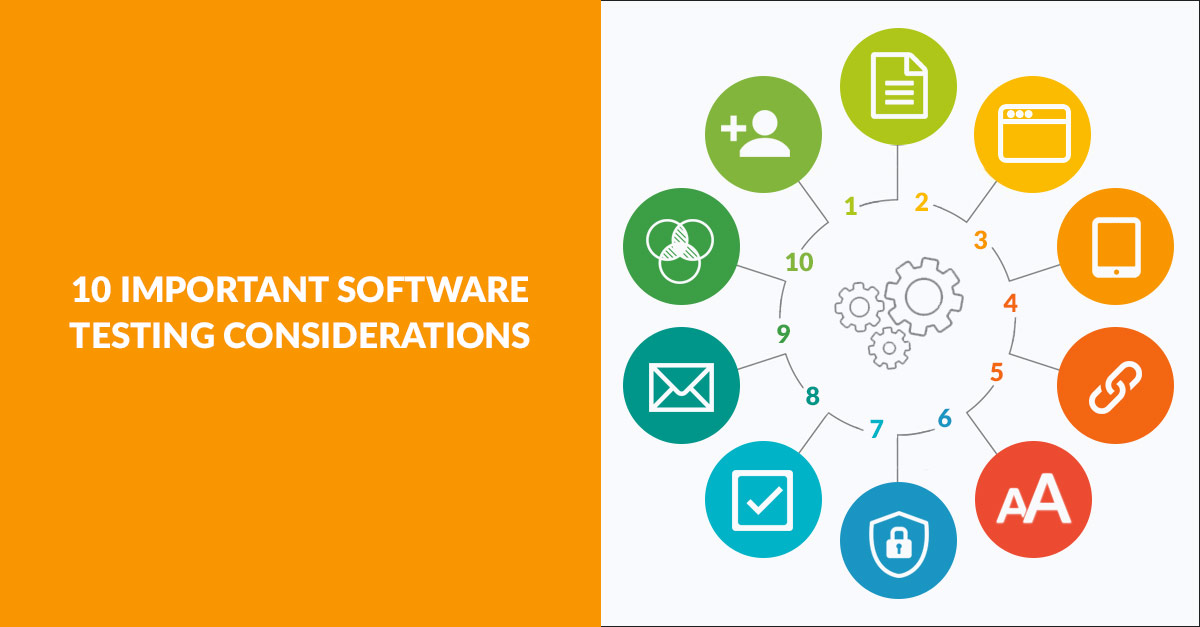
At Far Reach, our custom software testing procedures are pretty rigorous. We do quality assurance (QA) testing for usability, functionality, technical implementation, and more. Here are 10 important things that should be tested in every software system.
- Proofread the content. Your content should be consistent, grammatically correct, and error-free. Don’t forget to check headings, labels, email notifications, and alerts.
- Test it using the most popular web browsers. If you're developing a web application, your system should look and function the same regardless of the web browser you use. We test ours on the latest versions of Edge, Internet Explorer, Firefox, Chrome, and Safari.
- Test it using the most popular devices. If your system will be used on mobile devices, you should test styling and functionality on a variety of screen sizes. We test on an iPad, iPhone, Android Nexus 7 tablet, and a subset of Android smartphones.
- Validate all links. Each button and link should perform as expected—whether that’s an action within the system or an external link.
- Review visuals. Fonts should follow a consistent style, and the graphics used throughout the system should align with your brand standards.
- Verify site security. Validate each page is secure with HTTPS over SSL for general data security. We also recommend testing data access at the account level to make sure only accounts with appropriate access can see the data.
- Validate forms. If your system has forms, make sure you can fill them out and that the submit buttons work. Double-check field validation and that form data is collected and stored according to requirements. You’ll also want to make sure users are directed to the right place upon submission.
- Validate email notifications are sent as expected. This line item is two-fold. First, ensure the appropriate people at your organization receive notifications when users take action in the system. Second, ensure the email notifications sent to users are clear and are triggered at the appropriate times.
We do quality assurance testing for the items above—and much more. You can talk with your developers—whether they’re internal or external—to better understand what they test during the QA process.
As a major stakeholder of your system, it’s important for you to do some testing as well. We call this user acceptance testing, and here’s a glimpse into what it entails:
- Validate business logic. Run scenarios in the system to verify the output is what you’d expect as an expert in your organization.
- Role play. Every system is different. For the best results, if you aren’t really a user of the system (maybe it’s your clients who will ultimately use it), put yourself in the mindset of a true end user and attempt to accomplish common tasks as well as edge cases that may not have been communicated to the developer.
Follow these guidelines and your system will be bug-free in no time.